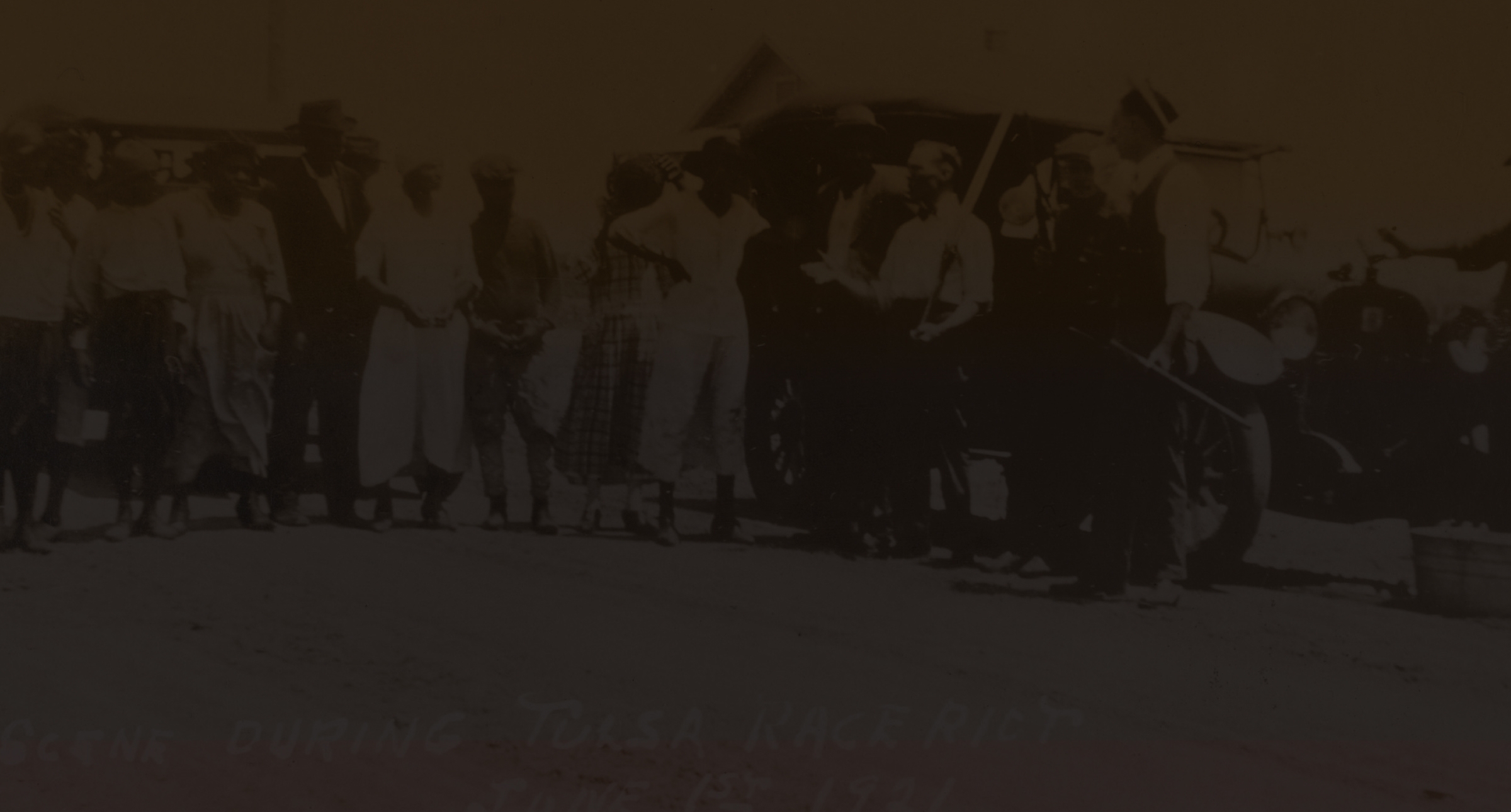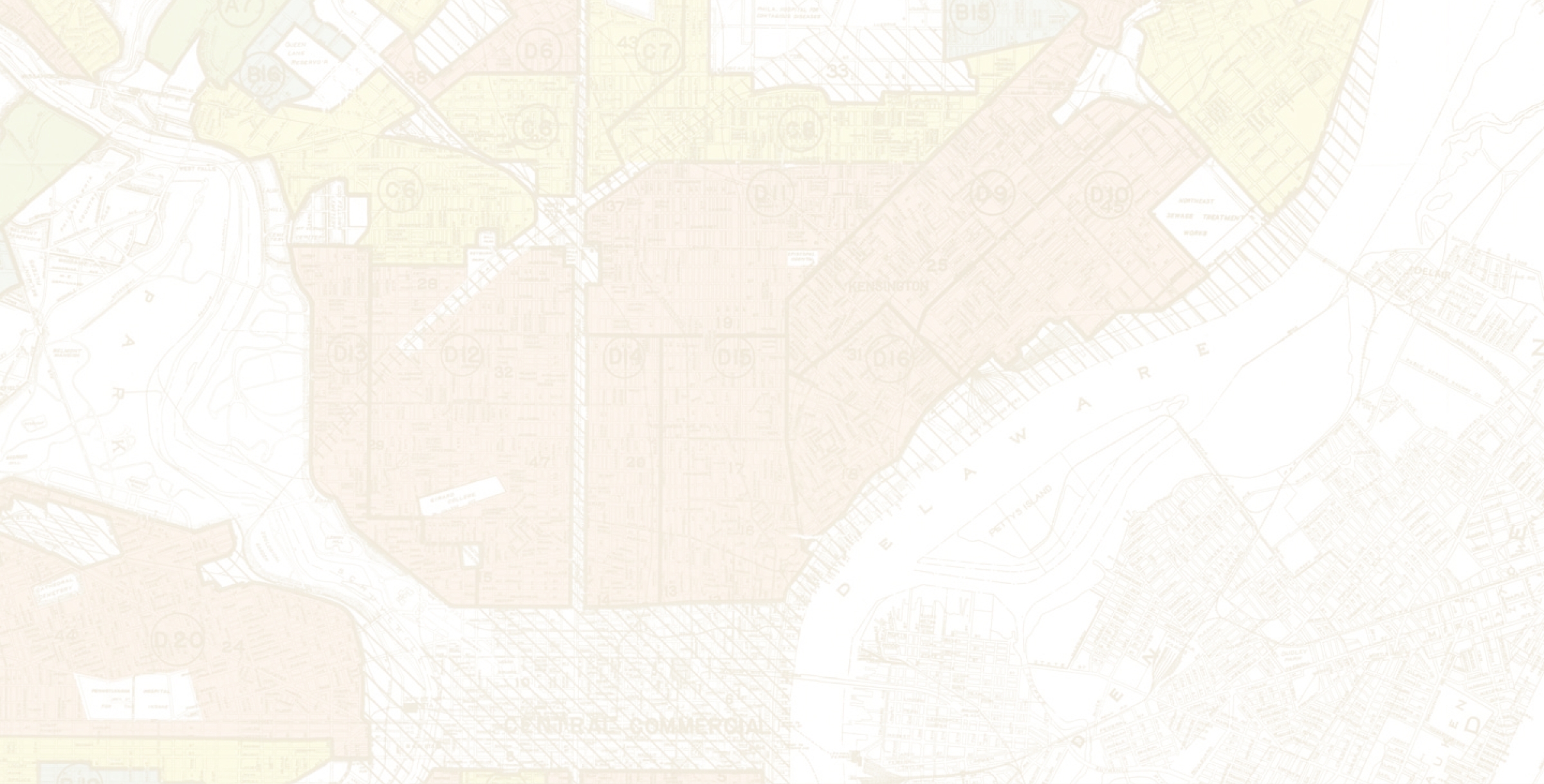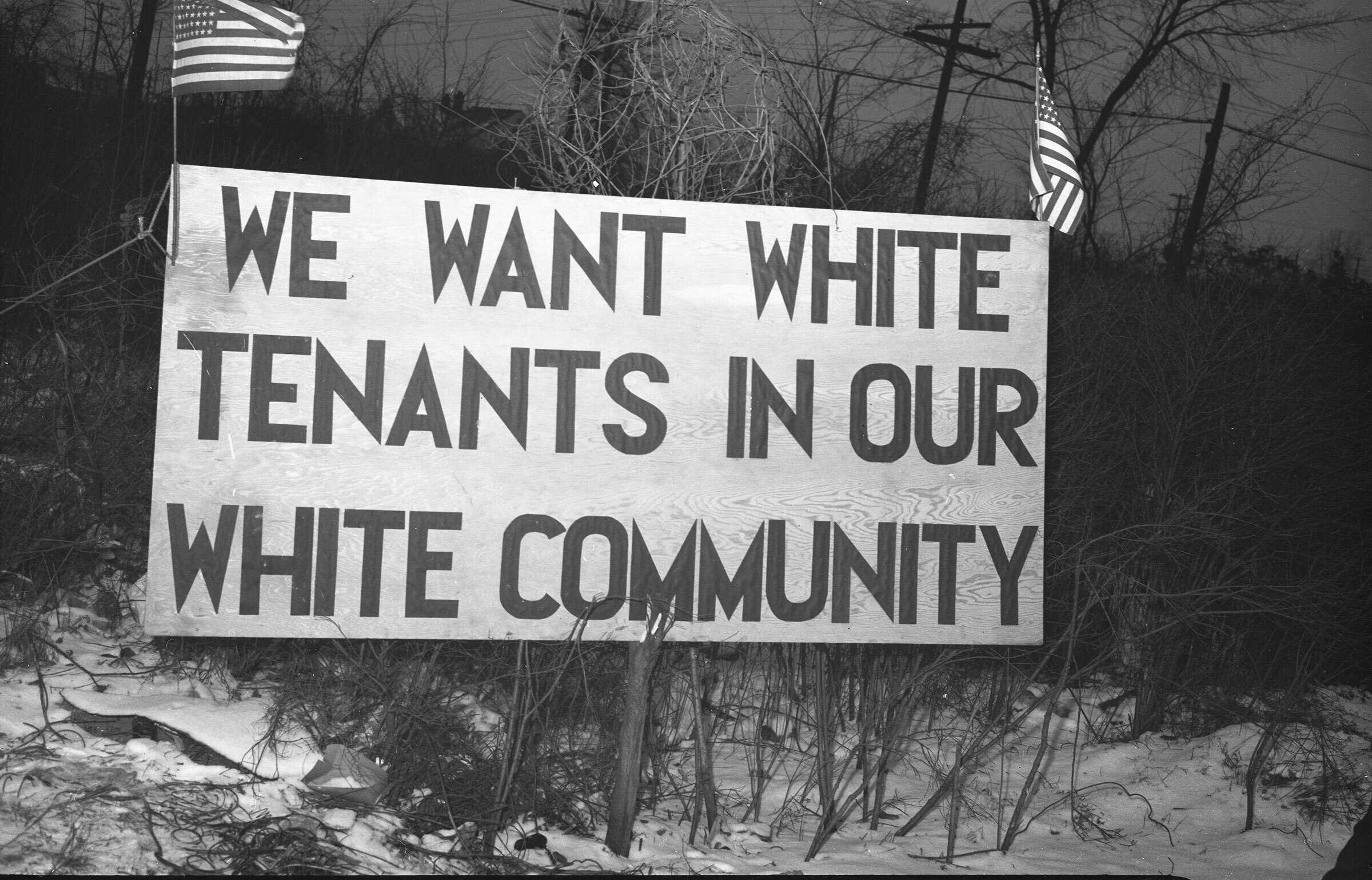
Chapter 4
Hardening of Racial Separation
Segregation placed severe restrictions on African American life. Though legal throughout the South, segregation was also widespread in the North, most notably through restrictive housing covenants. While segregation laws controlled access to public spaces, restrictive covenants determined where African Americans could live.
Justice for African Americans was impeded by unfair and violent practices of convict leasing and lynching. Convict leasing forced African Americans into systems of unpaid labor. Lynchings and race riots made violence and terror an inescapable part of African American life.
A Nation of Restrictive Covenants
Newspaper article about restrictive covenants in Baltimore, 1910
Restrictive clauses and covenants were part of many American housing agreements. These agreements controlled who could buy a house and where they could live. Some covenants were local laws while others were written into specific mortgage contracts. By the 1940s as many as 80 percent of home agreements in Los Angeles and Chicago included clauses excluding African Americans.
Segregating Neighborhoods in Detroit
Birwood Wall, 1941
Birwood Wall, 2011
Detroit developers wanted to build a whites-only subdivision in Detroit’s 8-Mile-Wyoming neighborhood. But the Federal Housing Administration (FHA) would not insure mortgages in the subdivision unless the developer separated it from the surrounding Black community.
In 1941, the developer built a concrete wall behind homes on Birwood Avenue. Covenants in the new neighborhood restricted anyone not of “pure unmixed white Caucasian race” from buying.
Pro-segregation sign in Detroit, Michigan
The Sojourner Truth Housing Project
The Sojourner Truth Housing Project was constructed to address housing shortages for Black migrants moving to Detroit. White residents protested the project being in their neighborhood. When the first Black families arrived in February 1942, many white residents rioted.

. . . no part of said property nor any portion thereof shall be for said term of fifty years occupied by any person not of the Caucasian race . . .
Excerpt from Labadie Avenue Housing Covenant, St. Louis, Missouri, 1911
Shelley v. Kraemer
The Shelley family in their home at 4600 Labadie Avenue
In 1945 J. D. Shelley, an African American man, purchased a house in St. Louis, Missouri. One of his white neighbors, Louis Kraemer, sued to stop Shelley from moving to the neighborhood, citing a restrictive covenant that prohibited selling to African Americans. In 1948, the Supreme Court ruled in Shelley v. Kraemer that restrictive covenants violated the 14th Amendment’s Equal Protection Clause. The ruling was the first legal decision to outlaw housing discrimination.

Redlining
Redlining map of Philadelphia, 1937
During the 1930s, government homeownership agencies created internal maps to determine where low-cost housing loans would be provided. Red lines were drawn around areas viewed as risky. Often, areas with large African American populations were classified as high risk and highlighted in red. This made it difficult for African Americans in these areas to obtain home loans. The maps also prompted real estate agencies and banks to include restrictive covenants that prevented minorities from buying in certain areas.
Redlining Maps
Redlining and restrictive covenants fueled the growth of predominantly Black neighborhoods.
